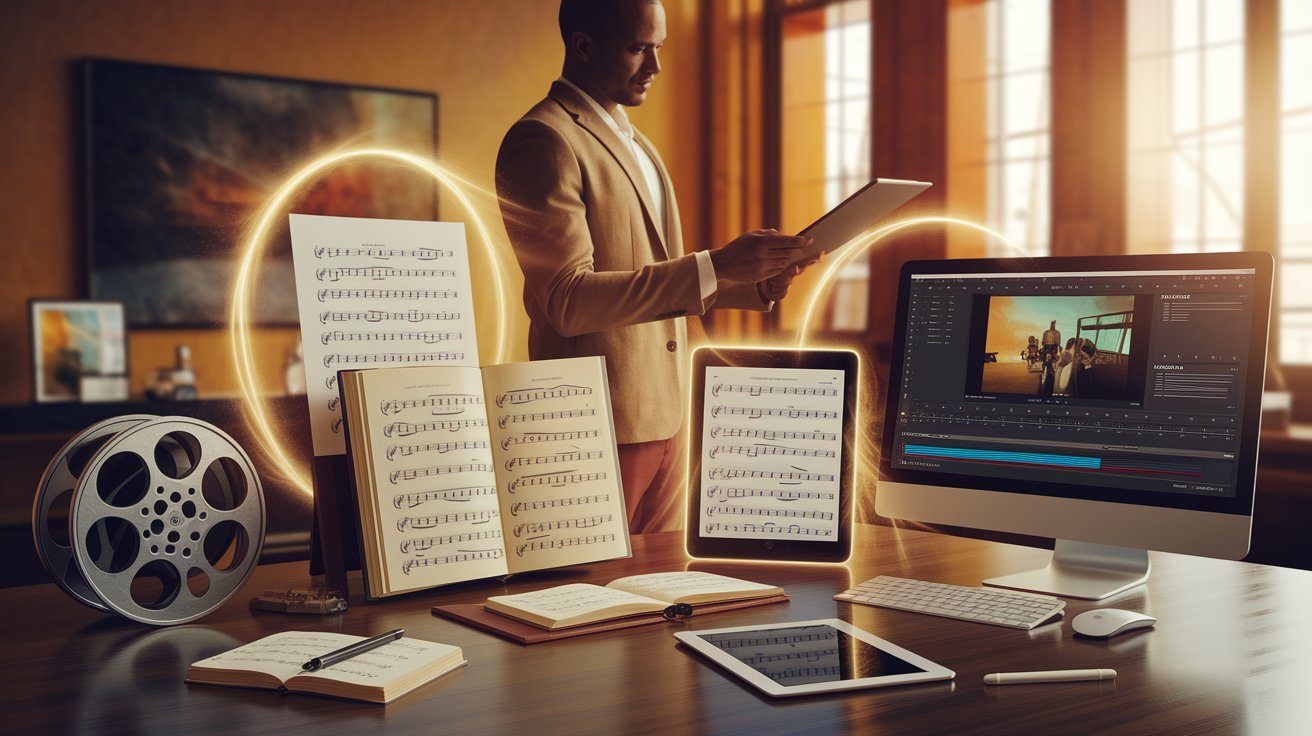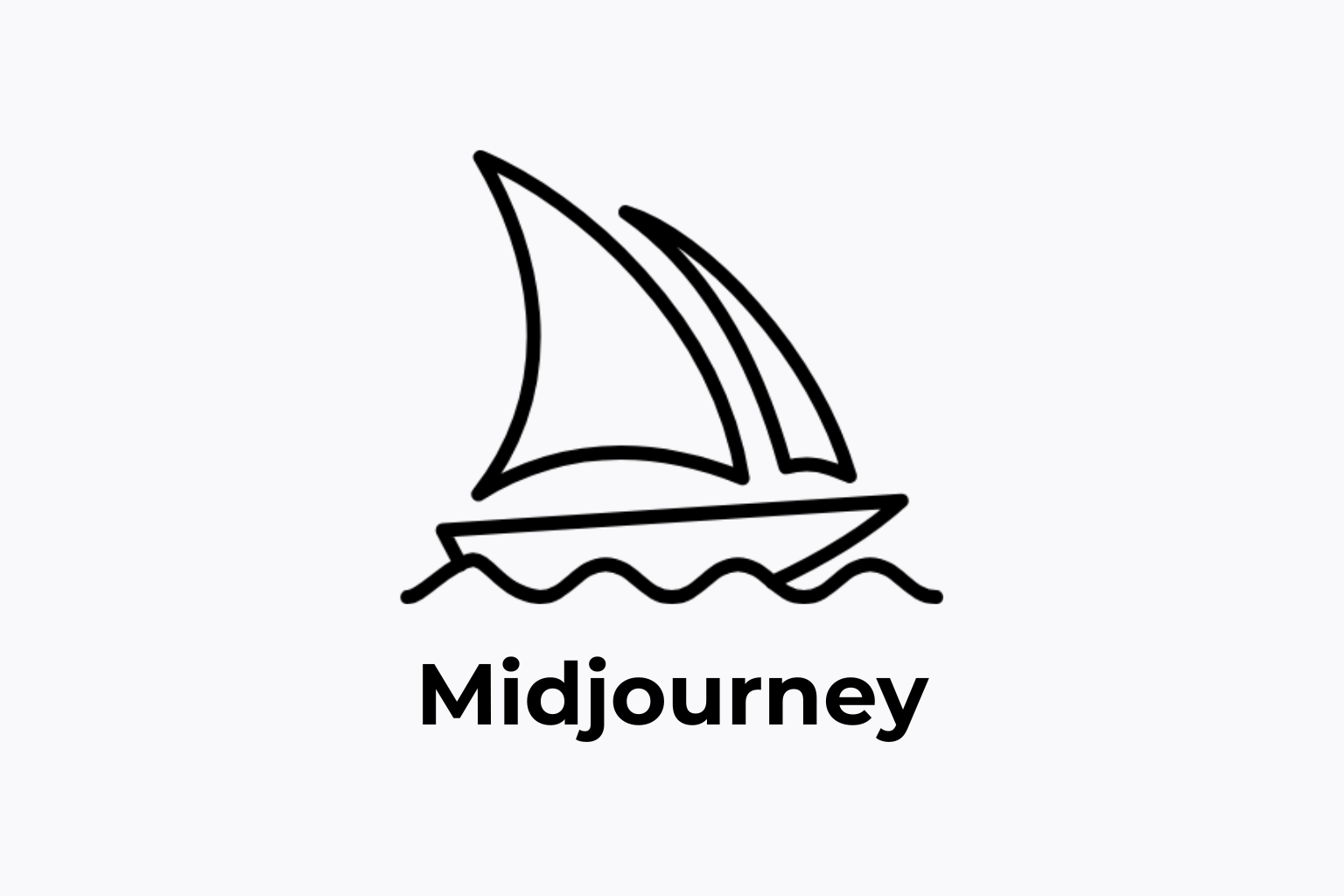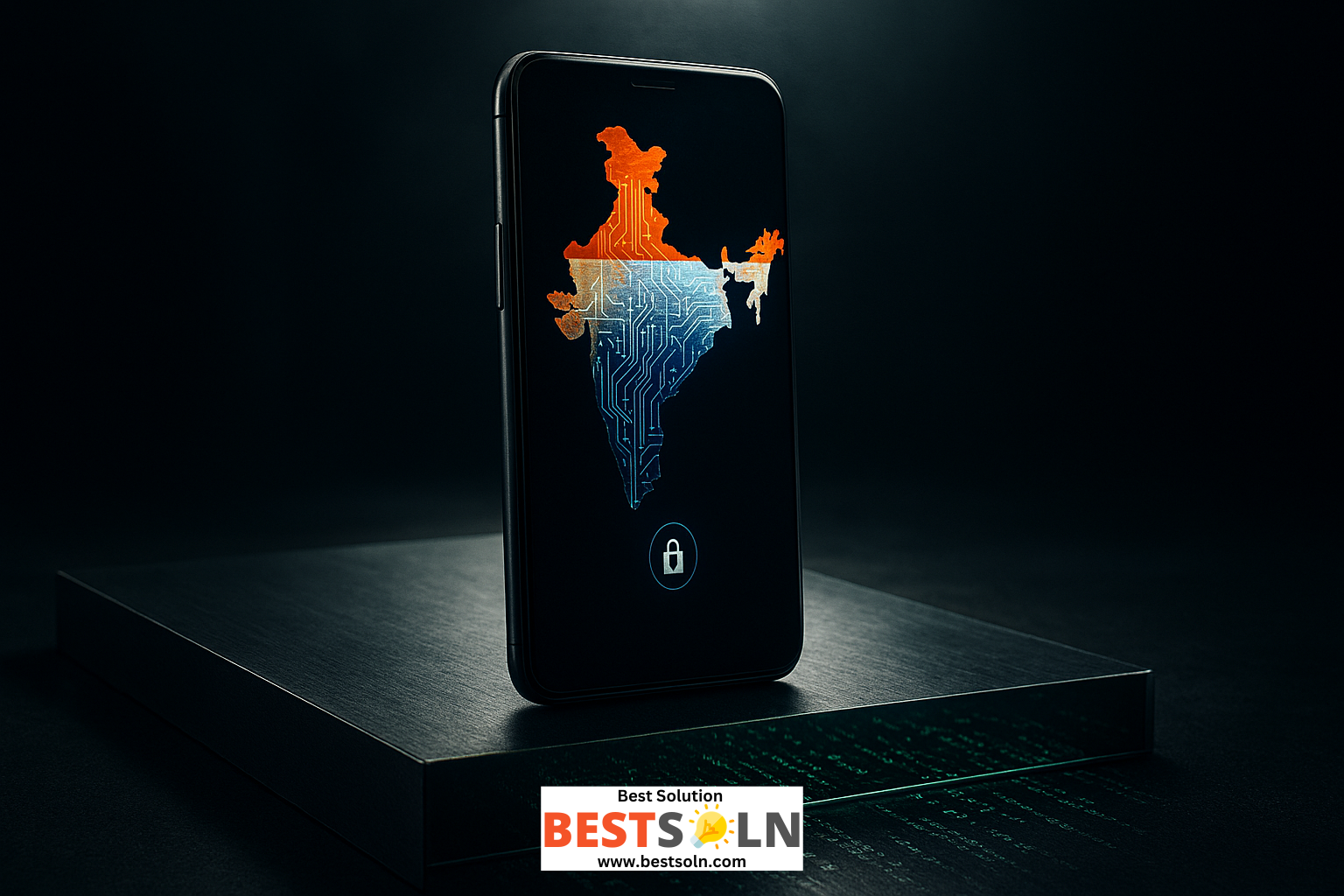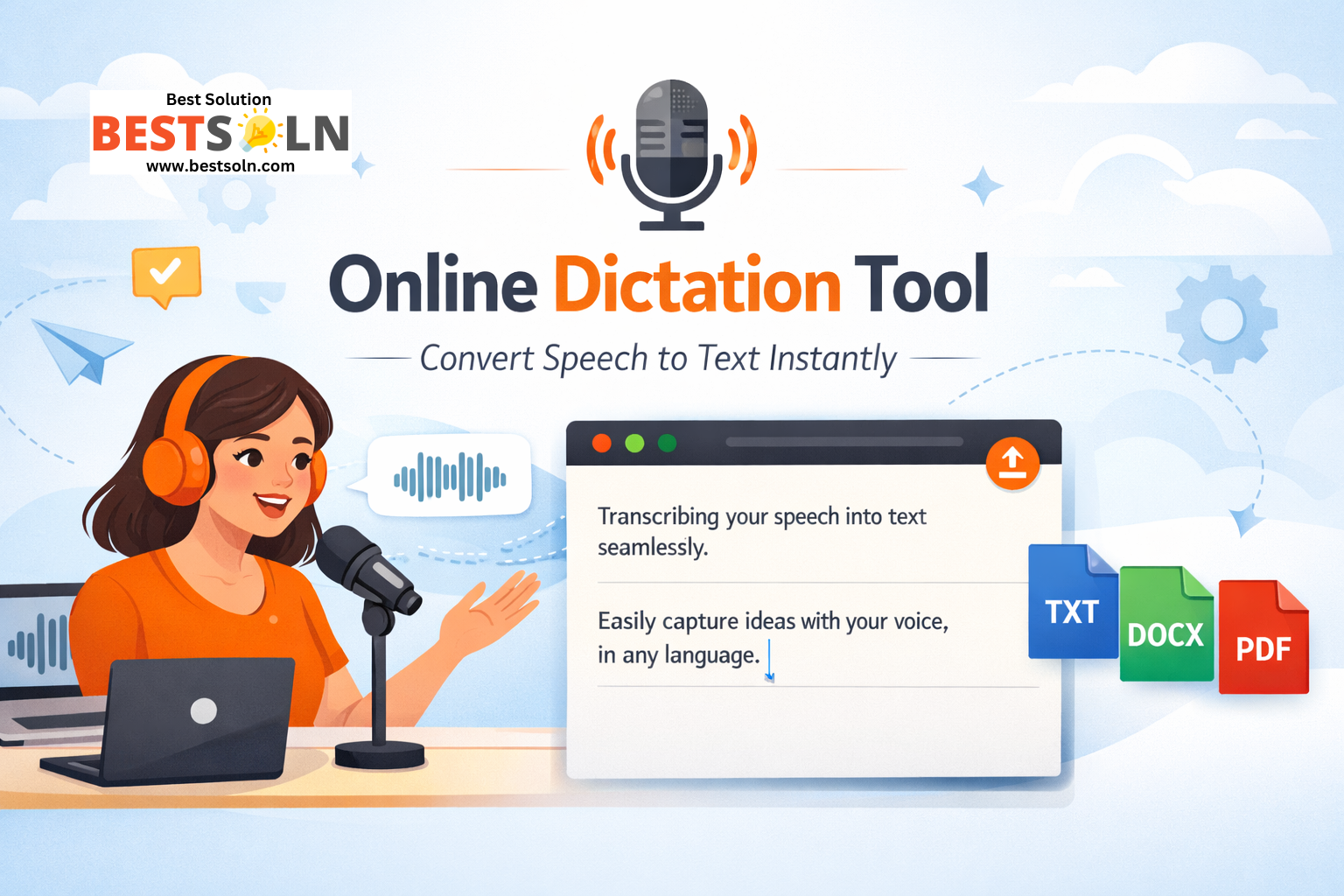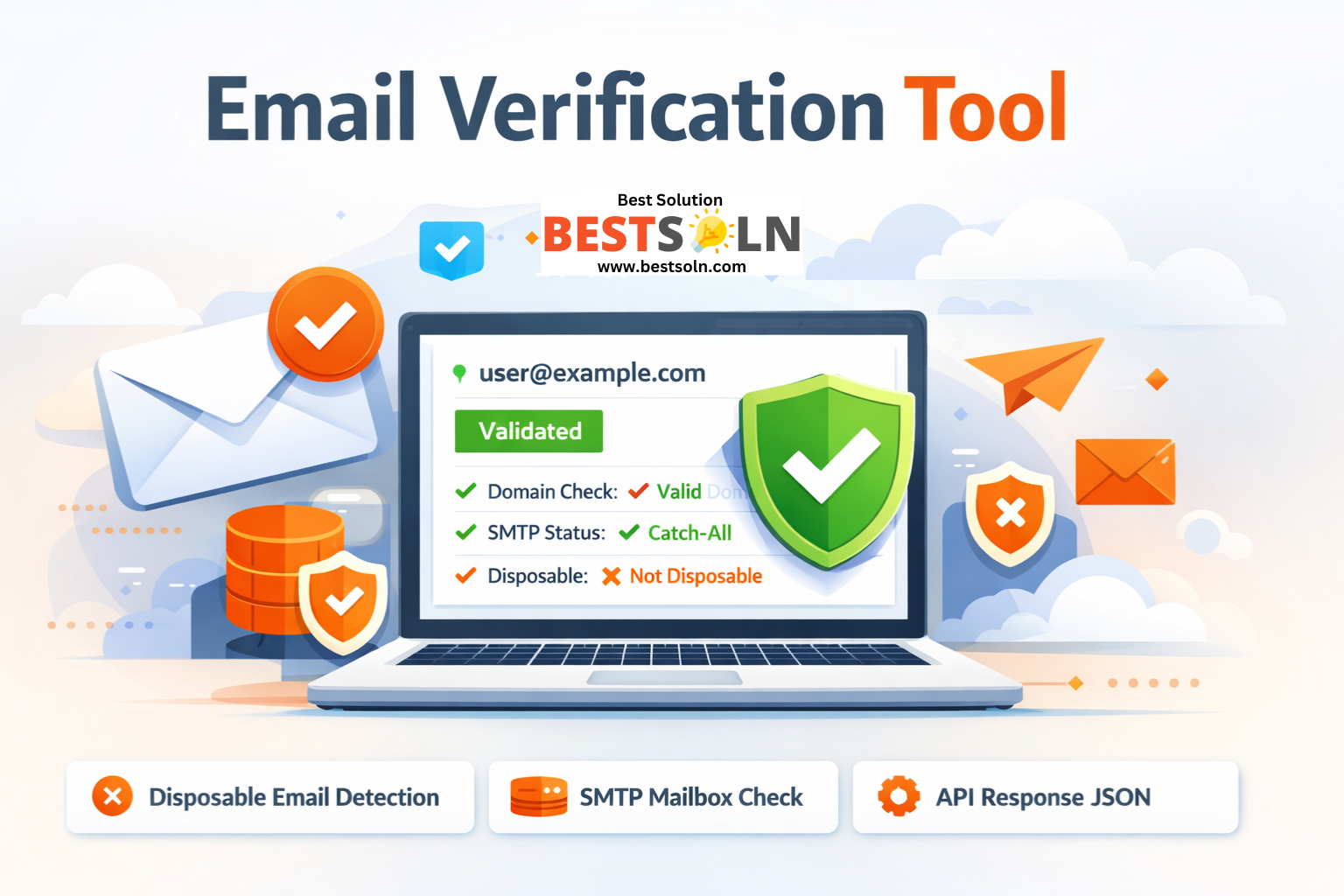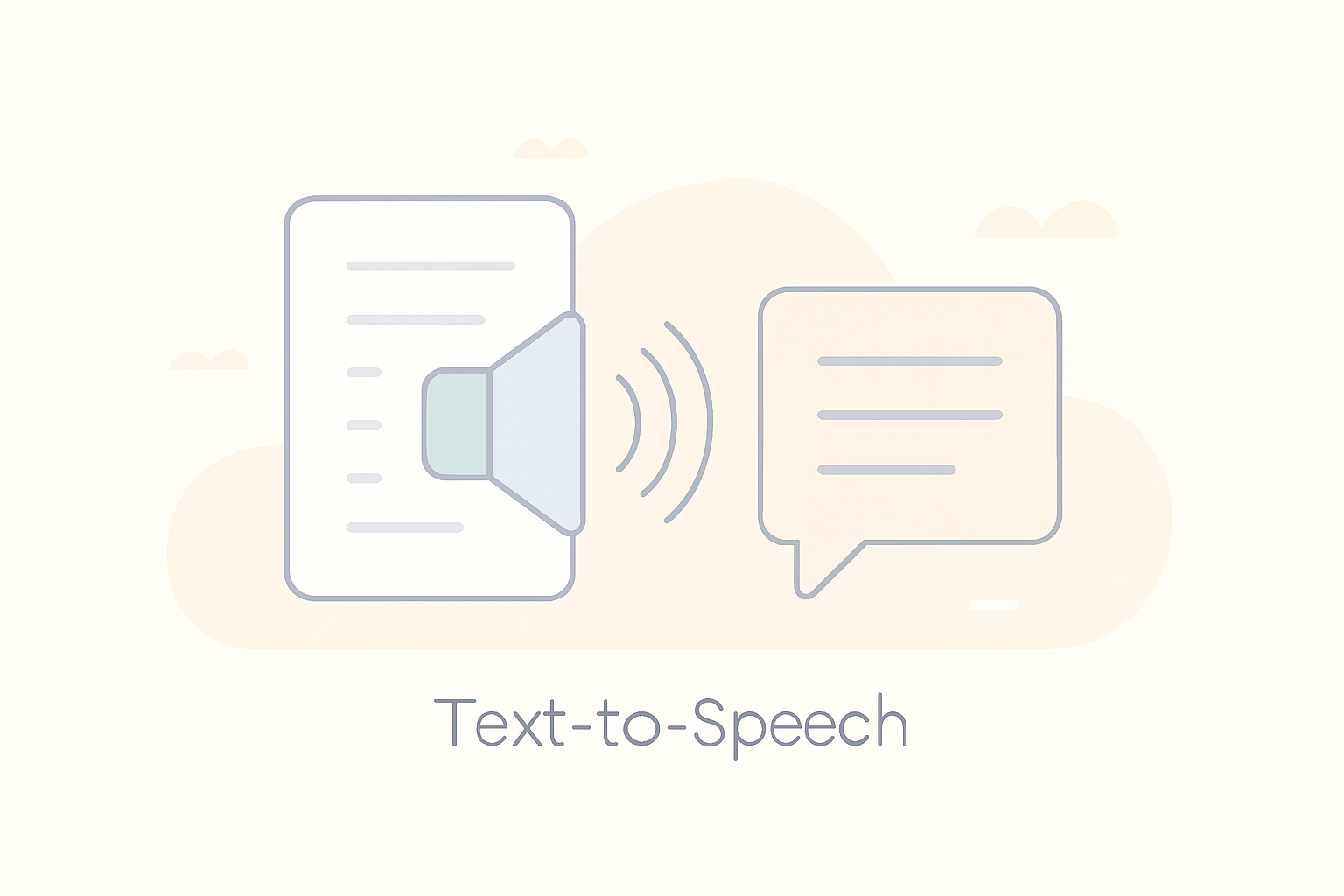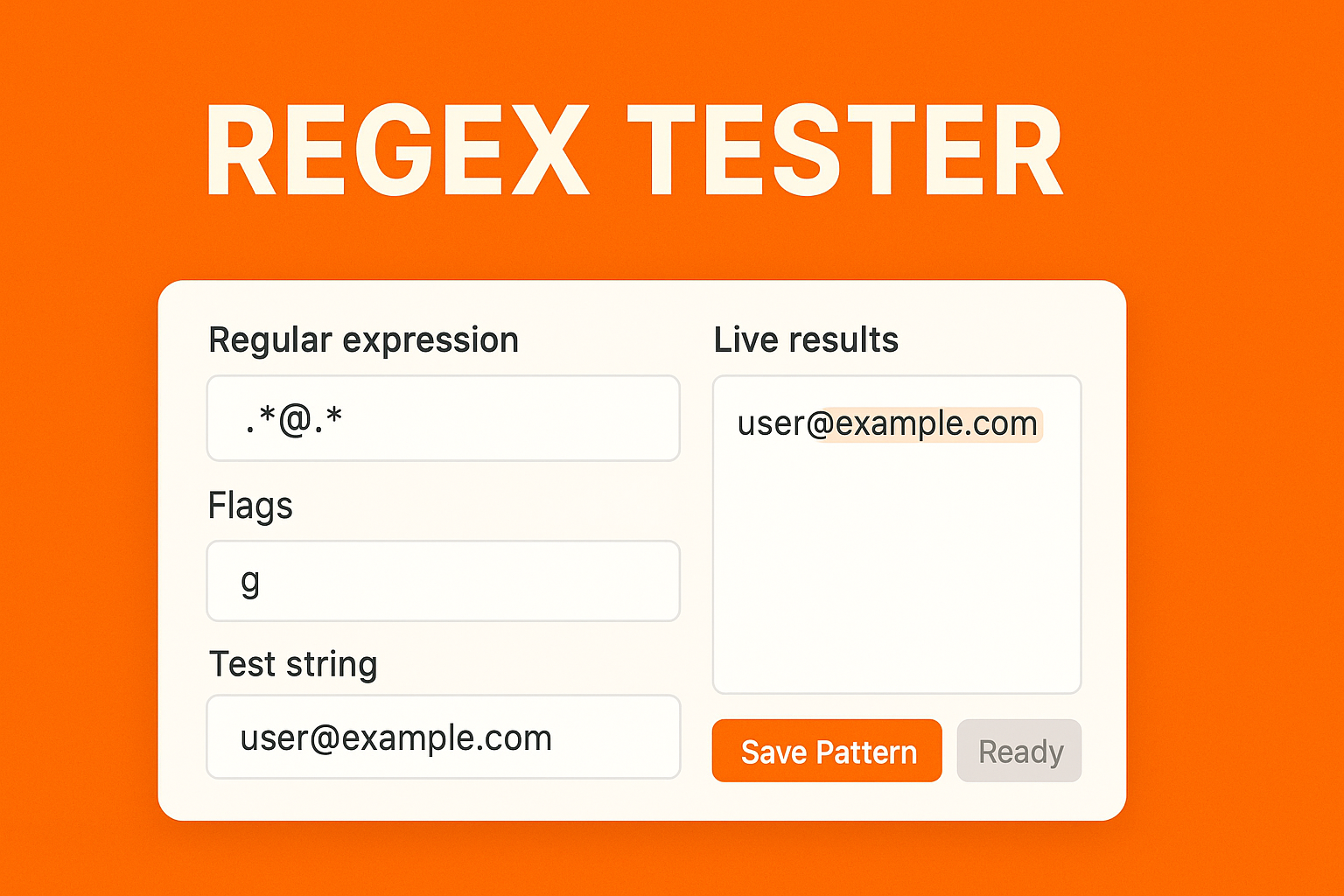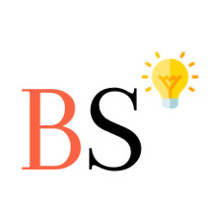- Home
- /
- Courses
- /
- Fundamentals of Intellectual Property
- /
- C. Copyright – Safeguarding Creative…
Introduction
In the tapestry of human culture, creativity weaves the threads that define our stories, music, art, and ideas. Copyright law serves as the guardian of these creative expressions, ensuring that artists, writers, musicians, and filmmakers can protect their works while contributing to the cultural commons. From the novels that transport us to new worlds to the films that capture our imaginations, copyright underpins the creative industries that shape our lives. But in an era of digital streaming, artificial intelligence, and global connectivity, copyright faces new challenges: how do we balance the rights of creators with the public’s access to culture? This chapter dives into the heart of copyright law, exploring its principles, scope, applications, and evolving role in a digital world.
Copyright is more than a legal framework; it is a pact between creators and society, granting exclusive rights for a limited time in exchange for enriching the public domain. Whether you’re a novelist penning your debut, a musician uploading tracks to a streaming platform, or a consumer enjoying a binge-worthy series, understanding copyright is essential to navigating the modern creative landscape. Through real-world examples, legal insights, and contemporary debates, this chapter illuminates how copyright protects creativity while grappling with the complexities of technology and globalization.
The Essence of Copyright
Copyright law protects original works of authorship fixed in a tangible medium of expression. This broad definition encompasses a vast array of creations: books, paintings, songs, movies, software, architectural designs, and even choreography. Unlike patents, which protect functional inventions, copyright safeguards the expression of ideas, not the ideas themselves. For instance, while the concept of a dystopian society is not copyrightable, Margaret Atwood’s specific narrative in The Handmaid’s Tale is protected.
To qualify for copyright, a work must meet three criteria:
- Originality: The work must be independently created and exhibit a minimal degree of creativity. This threshold is low; a simple photograph or blog post can qualify.
- Fixation: The work must be fixed in a tangible form, such as a book, recording, or digital file, allowing it to be reproduced or communicated.
- Expression: Copyright protects the expression of ideas, not the underlying facts or concepts. For example, a historian’s unique narrative style is protected, but historical facts are not.
In most jurisdictions, copyright protection is automatic upon creation, requiring no formal registration. However, registering with a copyright office (e.g., the U.S. Copyright Office) provides legal benefits, such as the ability to sue for infringement. Copyright duration varies globally but typically lasts for the author’s lifetime plus 70 years, after which the work enters the public domain, free for all to use. For example, the works of William Shakespeare, long in the public domain, inspire countless adaptations without restriction.
The Rights of Copyright Holders
Copyright grants creators a bundle of exclusive rights, including:
- Reproduction: The right to copy the work, such as printing a book or duplicating a film.
- Distribution: The right to sell or distribute copies, like streaming music or selling DVDs.
- Public Performance: The right to perform the work publicly, such as staging a play or broadcasting a song.
- Derivative Works: The right to create adaptations, like turning a novel into a film or remixing a song.
- Display: The right to publicly display the work, such as exhibiting a painting or posting a photo online.
These rights allow creators to control and monetize their works. For instance, J.K. Rowling’s copyright over the Harry Potter series enables her to license film adaptations, merchandise, and theme park attractions, generating billions in revenue.
Fair Use and Exceptions
Copyright is not absolute; exceptions like fair use (in the U.S.) or fair dealing (in other jurisdictions) allow limited use of copyrighted material without permission. Fair use is determined by four factors:
- Purpose and Character: Is the use commercial or non-commercial? Is it transformative (e.g., parody, critique)?
- Nature of the Work: Is the original work factual or creative? Factual works receive less protection.
- Amount Used: How much of the work is used? Small excerpts are more likely to qualify.
- Market Effect: Does the use harm the market for the original work?
A landmark case, Authors Guild v. Google (2015), upheld Google Books’ scanning of books as fair use, citing its transformative purpose (creating a searchable database) and minimal market harm. Fair use supports education, commentary, and parody, as seen in Weird Al Yankovic’s satirical songs, which often qualify as transformative.
Other exceptions include educational use, library archiving, and public domain works. For example, teachers can use copyrighted materials in classrooms under certain conditions, ensuring access to knowledge without undermining creators’ rights.
Copyright in the Digital Era
The digital age has revolutionized how we create, share, and consume content, posing new challenges for copyright law. Key issues include:
- Streaming and Digital Distribution: Platforms like Spotify and Netflix rely on complex licensing agreements to stream copyrighted music and films. Unauthorized sharing, such as through torrent sites, remains a persistent challenge, costing the creative industries billions annually.
- User-Generated Content: Social media platforms like YouTube host millions of user-created videos, some incorporating copyrighted material. The U.S. Digital Millennium Copyright Act (DMCA) of 1998 provides a “safe harbor” for platforms that remove infringing content upon notice, but disputes over fair use persist.
- Artificial Intelligence and Copyright: AI-generated works, such as music composed by algorithms or art created by tools like DALL-E, raise questions about authorship. Can an AI hold copyright? Current laws attribute ownership to human creators or their employers, but this area remains unsettled.
- Non-Fungible Tokens (NFTs): NFTs, which use blockchain to verify ownership of digital assets, have sparked debates over copyright. Purchasing an NFT does not necessarily grant copyright to the underlying work, leading to legal disputes.
The digital era demands adaptive copyright laws. For example, the EU’s Copyright Directive (2019) introduced rules holding platforms liable for user-uploaded content, sparking debate over censorship and creator rights.
International Copyright Frameworks
Copyright is governed by a patchwork of national laws harmonized through international treaties. The Berne Convention (1886) is the cornerstone, requiring member countries (over 180) to grant automatic copyright protection and recognize foreign works. The WIPO Copyright Treaty (1996) extended protections to digital works, addressing challenges like software and online content.
Despite harmonization efforts, differences persist. For instance, the U.S. emphasizes fair use, while the UK relies on narrower fair-dealing exceptions. Developing nations often advocate for flexible rules to ensure access to educational materials, as seen in debates over the Marrakesh Treaty (2013), which facilitates access to copyrighted works for the visually impaired.
Copyright Infringement and Remedies
Copyright infringement occurs when someone violates the exclusive rights of the copyright holder without permission. Remedies include:
- Injunctions: Court orders to stop infringing activities.
- Damages: Monetary compensation, either actual damages (lost profits) or statutory damages (up to $150,000 per work in the U.S.).
- Seizure: Confiscation of infringing materials, such as counterfeit DVDs.
High-profile cases illustrate the stakes. In Blur v. Williams (2015), Pharrell Williams and Robin Thicke paid $7.4 million for infringing Marvin Gaye’s “Got to Give It Up” in their song “Blurred Lines.” Enforcement is complex in the digital realm, where global platforms and anonymous users complicate jurisdiction.
Copyright in Action: Case Studies
Consider the case of Shepard Fairey v. Associated Press (2009–2011), involving Fairey’s iconic “Hope” poster of Barack Obama. Fairey used an AP photograph without permission, claiming fair use due to its transformative nature. The case settled, highlighting the tension between artistic freedom and copyright protection.
Another example is the music industry’s battle against Napster in the early 2000s. Napster’s peer-to-peer file-sharing platform enabled widespread copyright infringement, leading to a landmark lawsuit (A&M Records v. Napster, 2001) that shut it down. This case spurred the rise of legal streaming services, reshaping how music is distributed.
Recommended Readings
- World Intellectual Property Organization (WIPO). (2004). WIPO Intellectual Property Handbook. Chapter 3 provides a comprehensive overview of copyright law and its international frameworks, available at wipo.int.
- Goldstein, P., & Hugenholtz, P. B. (2019). International Copyright: Principles, Law, and Practice. A detailed exploration of global copyright systems, ideal for understanding cross-border issues.
- U.S. Copyright Office. Copyright Basics. A concise guide to U.S. copyright law, including registration and fair use, is available at copyright.gov.
- Litman, J. (2006). Digital Copyright. An engaging analysis of copyright’s evolution in the digital age, addressing challenges like file-sharing and user-generated content.
- WIPO. (2016). WIPO Copyright Treaty. The text of the treaty, with commentary, provides insight into digital copyright protections, available at wipo.int.
Conclusion
Copyright is the lifeblood of creative expression, empowering artists and authors to shape culture while ensuring their works eventually enrich the public domain. This chapter has explored the principles, rights, and exceptions of copyright law, alongside its challenges in the digital age and global context. From the legal battles over “Blurred Lines” to the transformative potential of fair use, copyright navigates a delicate balance between rewarding creators and fostering access. As technology continues to redefine creativity, understanding copyright is crucial for anyone engaged in the arts, media, or innovation. The next chapter will turn to trademarks, examining how they protect brand identity in a competitive marketplace.

